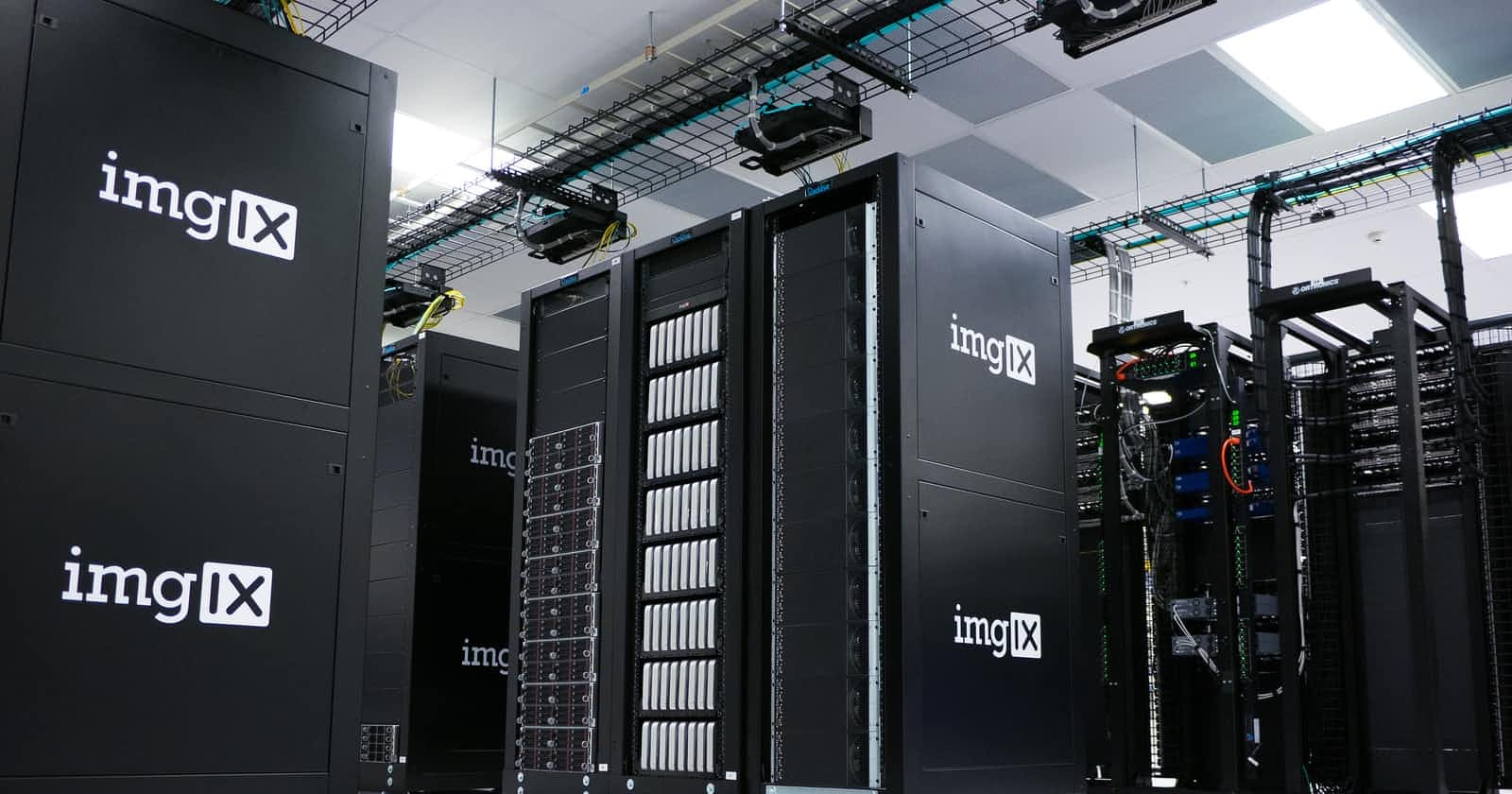Table of contents
- Introduction To DBMS
- Schema & Instance
- Data Model
- Data Model - Types
- DDL & DML
- SQL
- Database Design
- Design Approaches
- Object Relational Data Model
- Extensible Markup Language (XML)
- Database Engine
- Storage Manager
- Query Processing
- Transaction Manager
- Users & Admin
- DB System Internals
- DB Architectures
- History & Resources
Introduction To DBMS
This is essentially a blog that came out as a result of an NPTEL course I took during my college days.
Schema & Instance
- Schema - A schema is a physical or logical structure of the data-base. The basically comprise the columns along with the table.
- Instance - This is the actual data, when the schema is populated by real values and data entries in the form of rows.
Data Model
- It is the collection of tools that describe the data.
- Data : The data itself is an integral part of the data-base.
- Data Relationships : Relationship between various data and fields.
- Data Semantics : Refers to the meaning of the data.
- Data Constraints : Limitations and conditions on certain data values and their modifications.
Data Model - Types
- ER Model : It does not contain any data. It is only used for designing the data-base.
- Relational Model : Most widely used model for data-base, will be covered in further lessons.
- Object Based Data Models : Object oriented approach of representing data.
- Semi Structured Data Model : Used during data-base transfer, usually in XML format. For example: while transferring from Oracle DB to MySQL DB, etc.
- Network Model
- Hierarchical Model
DDL & DML
- DDL : Data Definition Language : It is the part of the language which is used to define and manipulate the schema of the data-base.
- DML : Data Manipulation Language : It is the part of the language which is used to query and manipulate the instance of the data-base, in other word the data itself. We use SQL for this.
SQL
- Structured Query Language
- The most widely used commercial language -It is not a Turing machine equivalent language. -Usually embedded in some other higher-level language. -Application programs generally access database through either language extension to allow embedded SQL or APIs like ODBC/JDBC which allow SQL queries to be sent to the databases.
Database Design
- Logical design is the first step by business mindset.
- Logical design from computer science mindset.
- Physical design of the schema/layout, the database files, their index, etc.
Design Approaches
- To minimize redundancies
- Reducing potential anomalies
- We use ER Model and/or Normalization Theory.
Object Relational Data Model
- We extend the relational model by using object orientation, constructs and added data types.
- Attributes allowed to have complex types, nested relations, etc.
- Provide upward compatibility with existing relational languages.
Extensible Markup Language (XML)
- Originally designed as document markup, by W3C.
- Regularly used as the data interchange format, export, import.
- Lot of available tools for XML.
Database Engine
- Storage manager
- Query processing
- Transaction manager
Storage Manager
- Storage manager is the bridge between low level data stored in the database and the application programs and queries submitted to the system.
- Responsible for interaction with OS file manager
- Responsible for storing, retrieving and updating data
- Deals with issues like indexing, hashing, file organization, storage access
Query Processing
- Deals with parsing and translation to relational algebra expressions
- Then it optimizes the queries and expressions
- The evaluation is then done
Transaction Manager
- Deals issue 1: What if the database/system fails?
- How to recover in case of failure?
- Deals issue 2: What if multiple users are concurrently updating the same data?
- Performs a single logical function in the database application
- Ensures data consistency with the help of concurrency control manager
Users & Admin
- Naive users - end users
- Application Programmers - writes codes and queries
- Sophisticated users/analysts - designs query tools, migrates data, analyse data
- DB Administrators - priviledged access to database, special permissions apart from other permissions
DB System Internals
- Refer Diagram 1.26
DB Architectures
- Centralized
- Client Server
- Parallel (Multi Processor)
- Distributed

